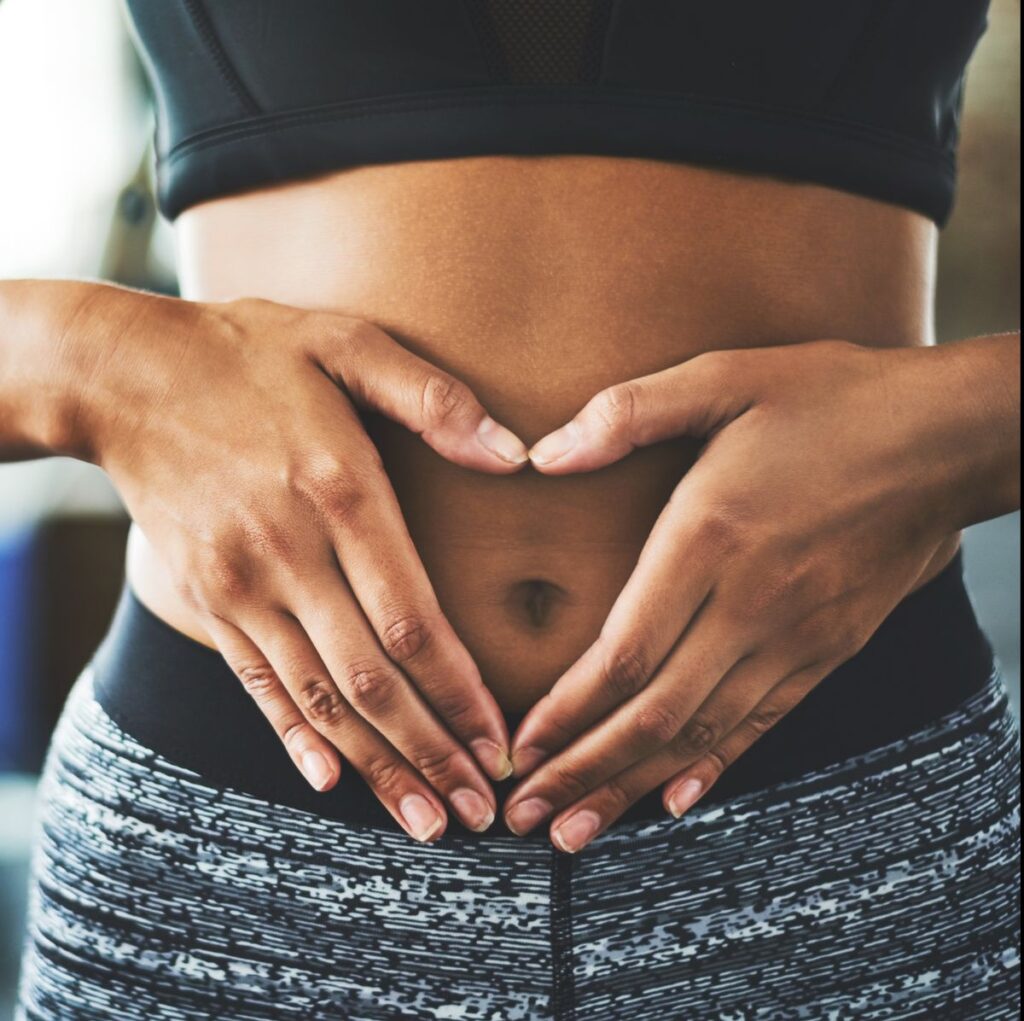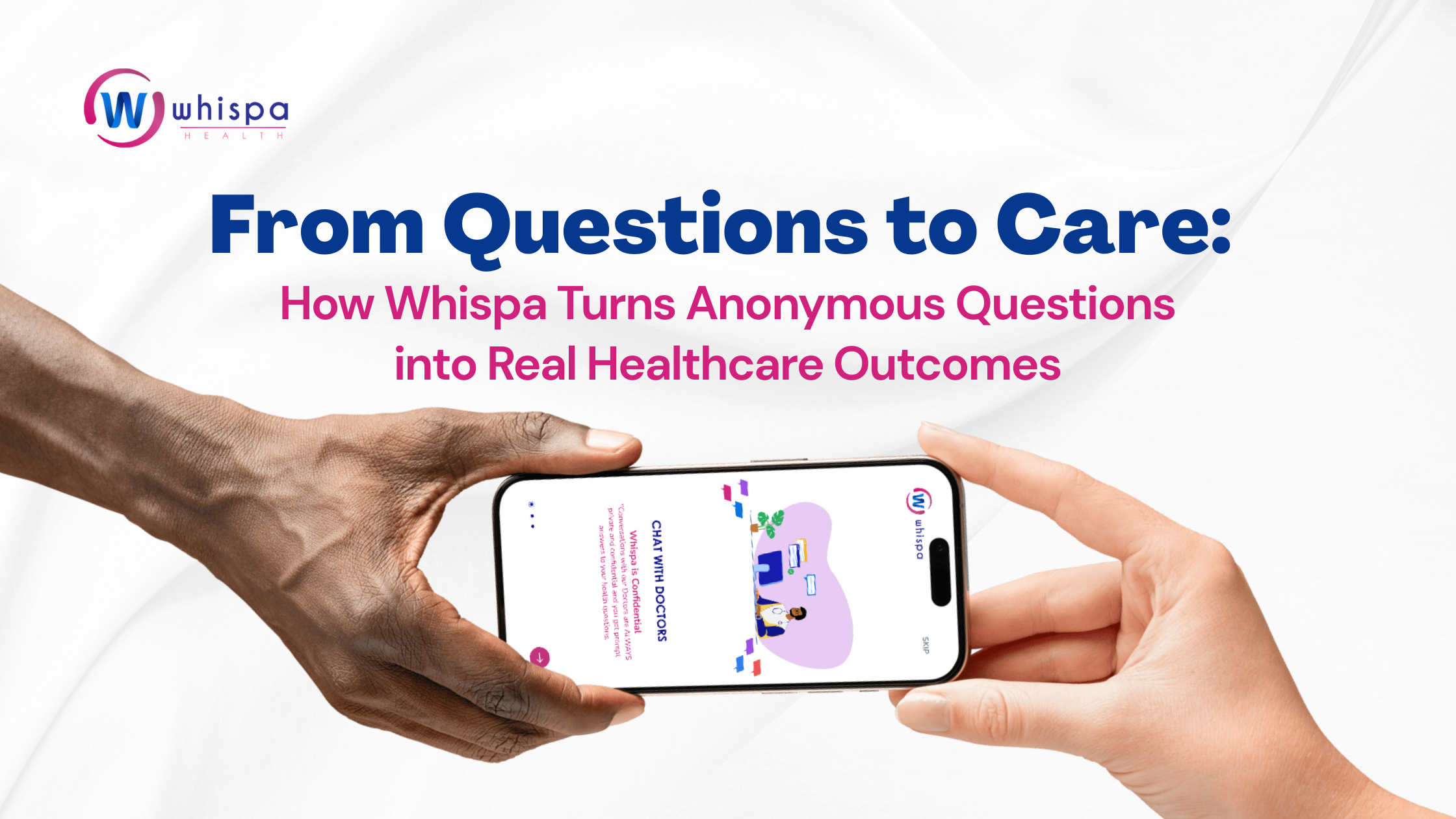By: Mara Sampson
Women’s bodies go through an ongoing cycle of hormones that kick off when you hit puberty and carry on until after you go through menopause. It’s the most natural process in the world. Yet, far too often, it’s not spoken about, and young women are left wondering what’s normal and what isn’t.
Let’s take some time to break down your menstrual cycle and get you comfortable with the monthly changes that happen in your body.
Understanding the 4 Natural Phases of Your Cycle
Firstly, the menstrual cycle isn’t just about the period. That is a big part of it and what most people tend to focus on. However, did you know that there are four distinct phases brought on by different hormones and processes in your body?
- Menstruation or Having Your Period
Firstly, let’s look at menstruation. This is when you bleed and you experience what’s referred to as “having your period”. But you’re not actually bleeding during this phase. There are no veins or arteries that are open with blood flowing out. Rather, you’re shedding a lining that has covered the inside of your uterus. This lining is made up of blood and mucus which is why you may sometimes see what looks like clots on your sanitary pads or tampons or in your menstrual cup.
- The Follicular Phase or Preparing for Ovulation
The next phase begins at about the same time as your period starts. Your hormones have shifted because the previous cycle was unsuccessful—remember each cycle is about preparing the body to house a fertilized egg and grow a baby. When the lining of your uterus starts shedding, your hormones change to start getting a new egg ready to be fertilized.
This phase continues well past your period and is also responsible for that lining to start building up again in preparation for that new egg.
- Ovulation or When the Egg is Released
At around day 10 of your cycle, a mature egg is finally released in what is called ovulation. The egg then moves along the fallopian tube and into the uterus. Ovulation happens at around the midway point of your cycle. The egg itself doesn’t survive very long once it’s been released; you have about 24 hours if you want to fall pregnant.
It’s around this time that you’re actually at your most fertile. You may notice that you have a white discharge that starts a few days before ovulation and continues until just afterwards. This is to help lubricate the cervix and transport sperm up into your uterus. You’ll probably also find that your sex drive is at its highest during this time.
- The Luteal Phase or Preparing for Menstruation
This is the final phase of the cycle. Your body is now producing higher levels of progesterone, which causes the lining of the uterus to thicken in anticipation of welcoming an egg. What started in the follicular phase is now kicking into overdrive. This phase will essentially keep on going if you fall pregnant, maintaining that thick lining for the egg to attach to and feed off of. Of course, if the egg doesn’t get fertilized, the progesterone levels drop, and you begin your period again.
Symptoms or Signs You Should Track
It’s so important for women to understand their menstrual cycles so that they know what’s normal for them and what isn’t. We’re all different and can have a range of different symptoms or experiences. This is why tracking is vital.
- Day One of Bleeding
Knowing when you start your period can help you to work out when your next cycle will start. It can also tell you when you’re likely to be fertile if you’re trying for a baby.
- The Last Day of Bleeding
It’s good to know how long your period lasts on average. A typical period can range from three days to 5 days. It’s important to know if one particular period is longer or shorter than your normal range because this can indicate a problem with your hormone levels or illness in your body.
- How Heavy Your Flow Is
The amount of blood or menstruation that comes out of your body is not necessarily indicative of anything right or wrong. As with the length of your period, the amount you bleed can vary from person to person. You need to know what is normal for your body and be able to spot any changes that happen.
- Pain or Tenderness in Your Body
Unfortunately, your menstrual cycle can be painful. Many women experience cramps just before or on the first day of bleeding. Women also experience pain, bloating, or cramps during the ovulation phase. These are considered normal. However, if the pain is debilitating, you should seek medical advice. You don’t always have to go to a doctor, you can use the whispa app to talk to a medical expert.
- Mood or Behavior Changes
A big one for your menstrual cycle can be mood swings. These come from the changes in your hormones. Many women experience a bit of irrational behavior such as feeling weepy, overly sensitive or more irritable than normal shortly before their period starts. This is why it’s called PMS–premenstrual stress.
Irregularities or Changes to Look Out For
Once you’re tracking your cycle, you can start to look out for some warning signs that something is changing in your body. It might not be a bad change because our cycles do evolve as we grow older, but it is good to know if something is different. It could be inflammation, dietary or stress-related changes, too.
If you experience one of the following, you should seek out medical advice immediately:
- Heavy bleeding
- Missing or reduced bleeding
- Increased pain at ovulation or menstruation
Know Your Period – Know Yourself
When you know your cycle well, you’ll find that you know yourself a lot better. It’s comforting to know what to expect from your cycle so that you can live your life to the fullest. Fortunately, with the continual growth of femtech, tracking your monthly changes and cycle is easier than ever. And so is looking after your overall reproductive health.
Whispa is designed to help women manage their sexual and reproductive healthcare. Our app offers easy access to affordable, quality digital healthcare without any shame, judgment, or stigma attached.







